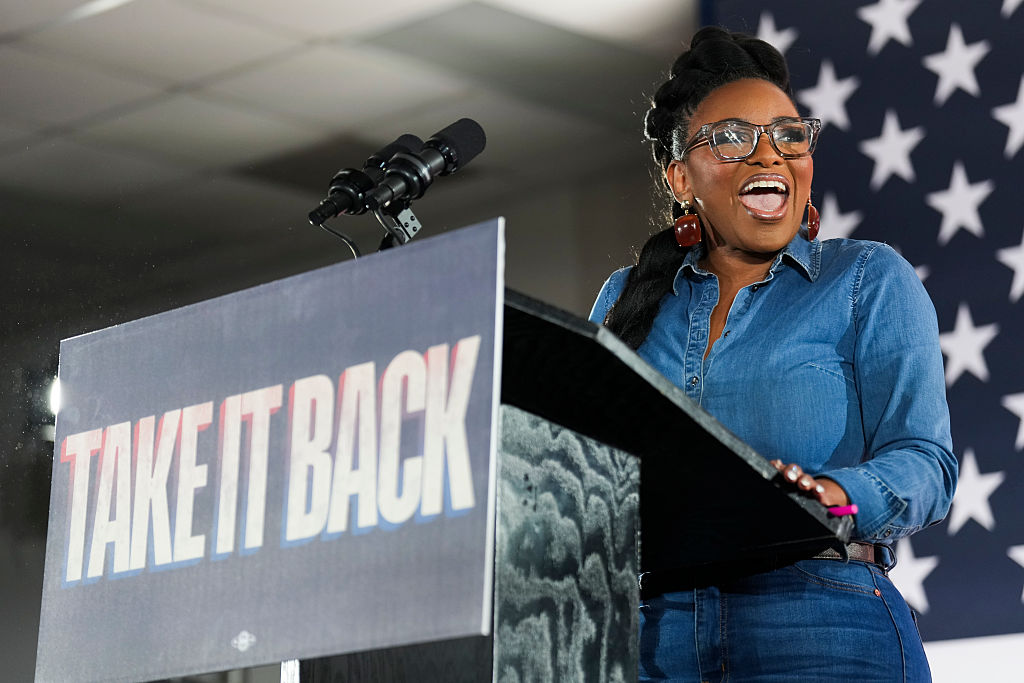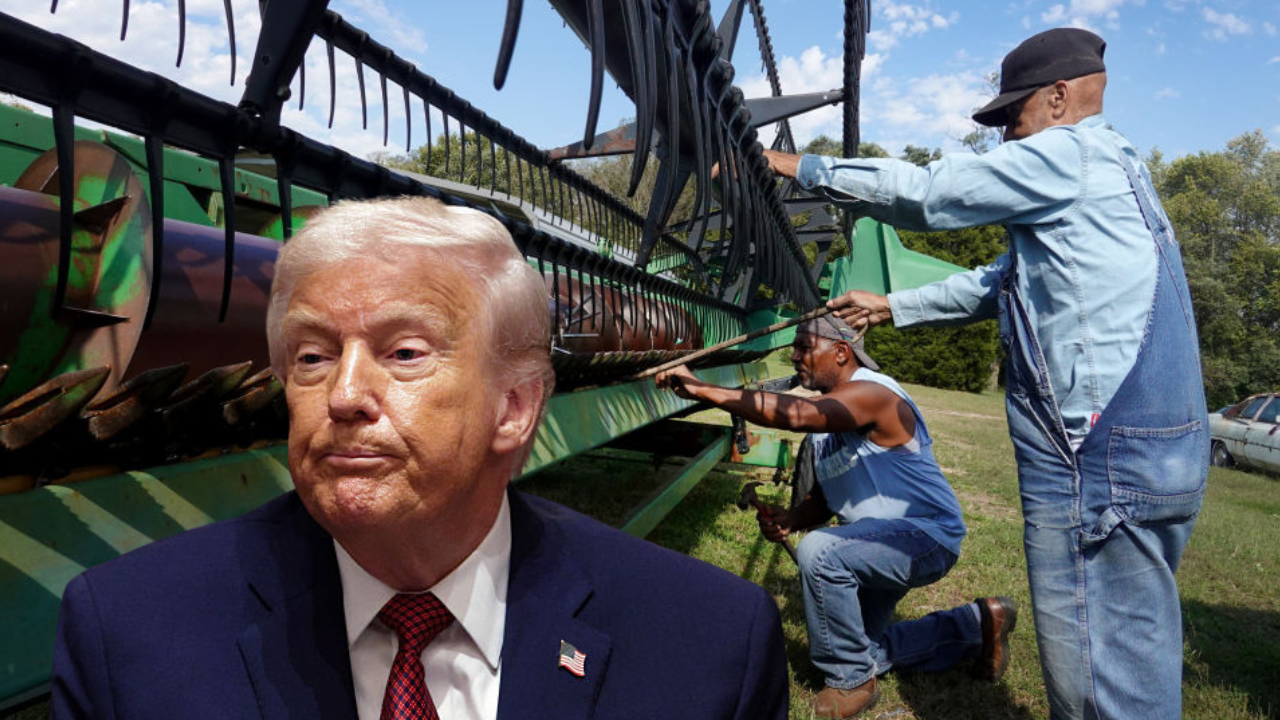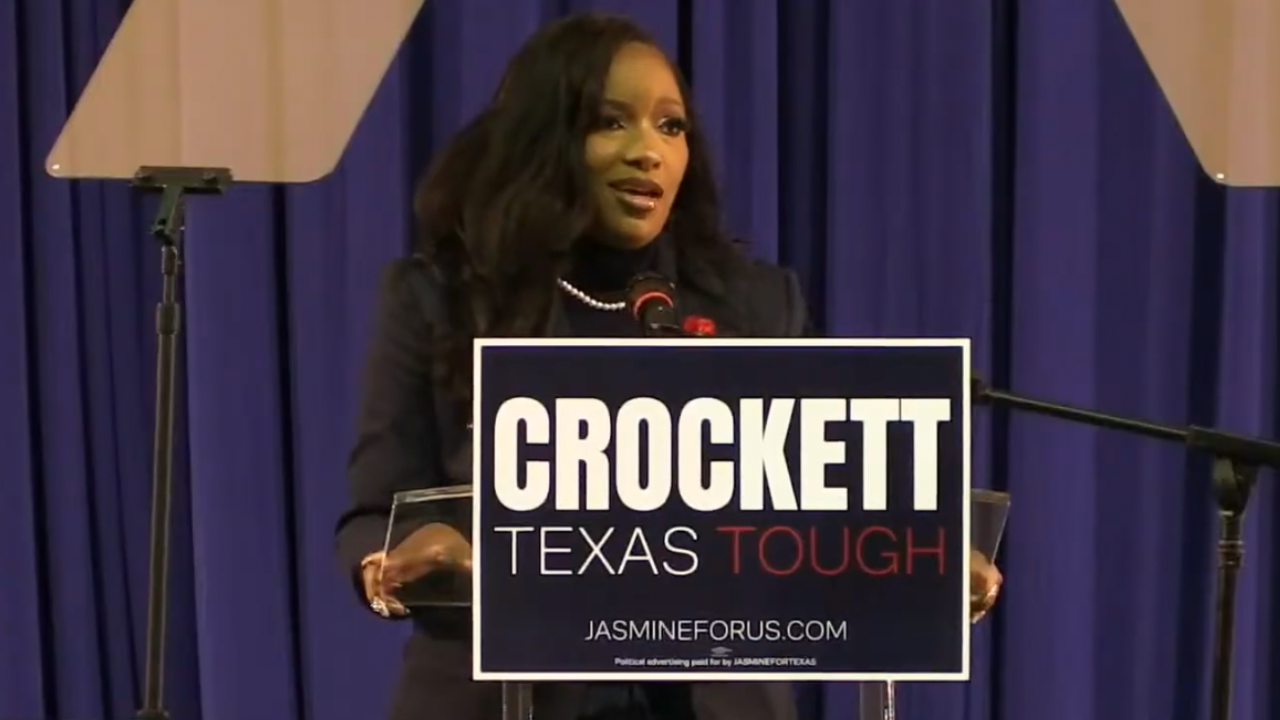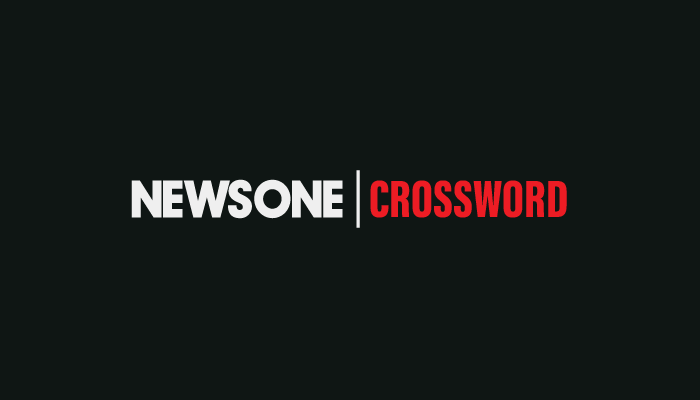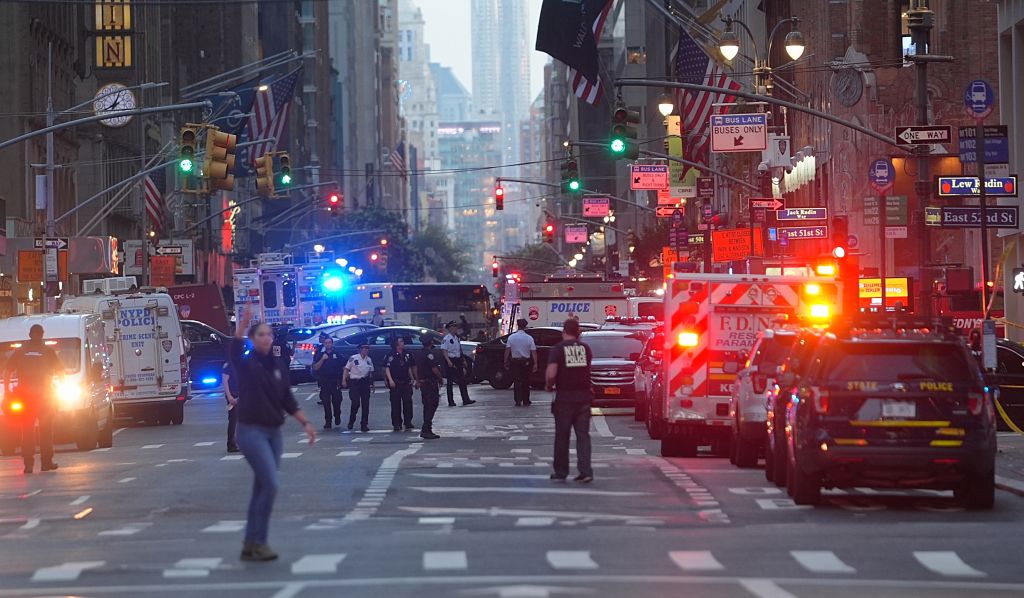Think Your Bag Is TSA Ready? These Common Items Might Say Otherwise

Travelers often expect airport security to flag obvious items like oversized liquids, knives, or sharp tools. But according to the Transportation Security Administration (TSA), even everyday objects can raise red flags at airport checkpoints. A recent Travel + Leisure report highlights how items such as protein powders, snow globes, jars of peanut butter, and stacks of books often trigger additional screening.
While none of these are outright prohibited, their density, composition, or texture can confuse X-ray scanners, leading to a manual bag inspection. Understanding what causes this and how to pack more strategically can make the difference between a quick checkpoint experience and a delayed one.
Why TSA Flags Common Items In Carry-Ons
The TSA’s screening process relies on advanced imaging technology that identifies anomalies rather than specific objects. When scanners detect unclear shapes or unusually dense masses, agents must manually inspect the bag to ensure safety. According to the TSA’s policy on powders, substances over 12 ounces (350 milliliters) — such as protein powders, baby formula, or ground spices — may require extra screening or even be prohibited from carry-ons if officers can’t identify them. To avoid delays, the agency recommends separating large quantities of powders in a tray or packing them in checked luggage.
Similarly, dense objects such as a stack of books, large electronics, or tightly packed bags can appear opaque to scanners. TSA explains that these dense masses can obstruct the visibility of other items. This makes it more difficult for officers to distinguish safe content from potential threats. Keeping such items near the top of your carry-on and allowing officers to view them easily can prevent time-consuming manual searches.
The Gray Zone Between Solids And Liquids
Liquids, gels, and aerosols are subject to TSA’s 3-1-1 rule. Containers must be 3.4 ounces (100 milliliters) or less and fit in a single quart-sized, clear plastic bag. However, some items that seem solid are actually treated as liquids under this rule. Peanut butter, for example, is categorized as a liquid because it can be “spread, poured, or pumped.” That means a jar exceeding 3.4 ounces must go in checked baggage, even if it’s unopened.
Souvenir items, such as snow globes, also fall into this gray area. The TSA’s snow globe policy specifies that only small globes containing less than 3.4 ounces of liquid are permitted in carry-on bags. And even then, they must fit in the same quart-sized bag as your other liquids. Larger globes must be packed in checked luggage. While these may seem minor, they are among the most common reasons passengers’ bags end up flagged for inspection.
Medically Necessary Liquids And Special Exceptions
Certain items are exempt from the 3-1-1 rule. Medically necessary liquids, including prescription medications, baby formula, or nutritional supplements, are permitted in larger quantities, provided they are declared at the checkpoint. TSA officers may still need to test these liquids for safety, so travelers should allow additional time. Presenting such items separately and informing officers early can help streamline the process and avoid unnecessary delays.
The post Think Your Bag Is TSA Ready? These Common Items Might Say Otherwise appeared first on Travel Noire.
What's Your Reaction?
 Like
0
Like
0
 Dislike
0
Dislike
0
 Love
0
Love
0
 Funny
0
Funny
0
 Angry
0
Angry
0
 Sad
0
Sad
0
 Wow
0
Wow
0









